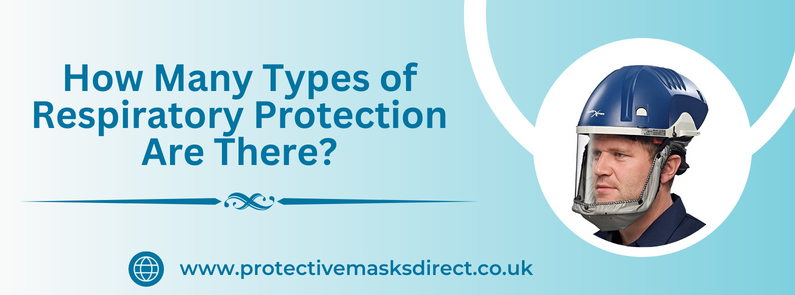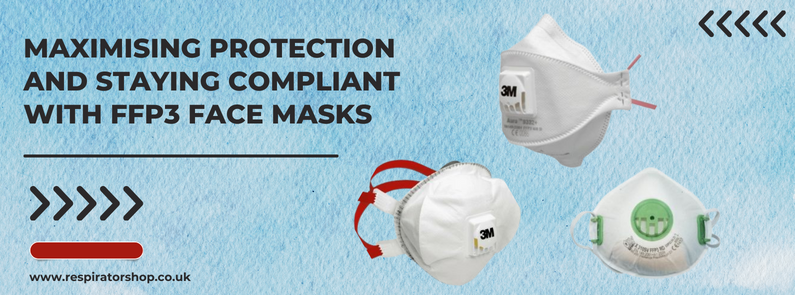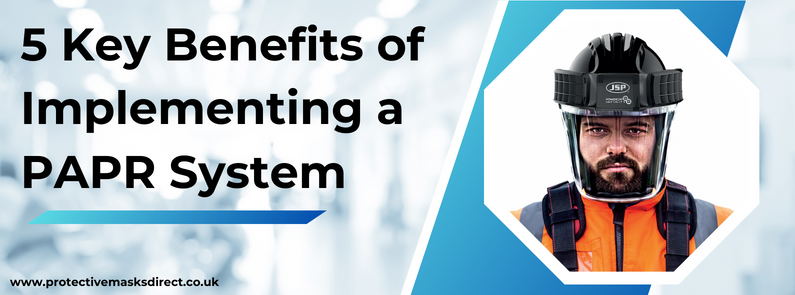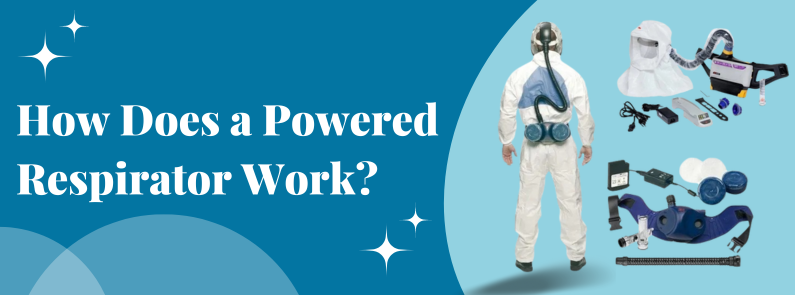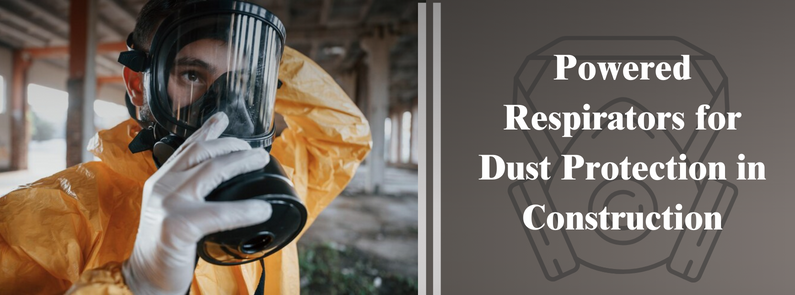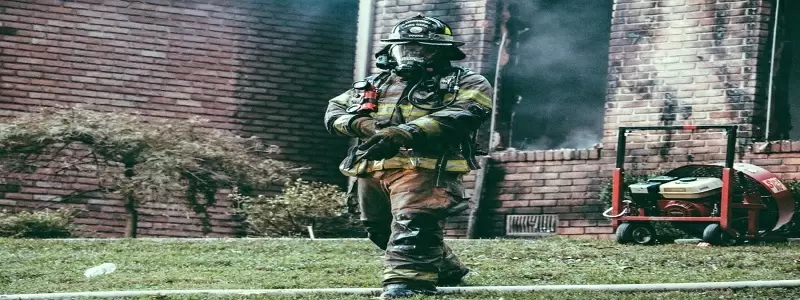
When it comes to safety in the workplace, do you have enough knowledge about legal standards and procedures? Have you implemented the required safety measures to prevent workplace injuries or accidents? No matter what the job is, all industrial employees/employers need to know the essential things about safely performing their work and ensuring zero mishaps.
There are many ways to keep the work environment safe, but one of the most crucial is using personal protective equipment (PPE). However, even having the wrong PPE or not wearing any could put you and others in danger and lead to workplace hazards.
Let's take you through the top five crucial PPE things that you should know. But first, find out what is PPE.
What is Personal Protective Equipment (PPE)?
PPE are protective gears worn to minimize the exposure to hazards that can cause injuries and damage at the workplace. Without any doubt, these types of equipment are critical to providing a stress free work environment, but many people choose to ignore the benefits of PPE due to lack of knowledge or their slapdash attitude.
There are different types of PPE like, safety mask, respirators, headgears, hearing protectors, clothes, eyewear and gloves, etc. to protect hearing, head, eyes, feet, arms, body, or respiratory system from potential dangers. The government has laid down the PPE regulations to help administer how workplaces and employees should use protective equipment, which should be implemented for better safety of workers.
Top 5 major points you should know about PPE: Use of proper PPE ensures improved health and safety in the workplace.
1. Understanding When PPE Should Be Used
There are different hazards and dangers at different work places. The employer should access the requirement of the job and which PPE will provide the necessary protection against the dangers. Taking the help of employees to select the need and type of protective equipment is crucial as they are familiar with the nature of work and environment.
2. One Size does not Fit all
People wear different sized clothing because fit differs from person to person. The same thought should apply to personal protective equipment- one size doesn’t necessarily fit all. A larger size may not provide necessary protection to the employee as it is meant. This naturally means that an employer should provide multiple sizes when possible for PPE kit such as gloves, masks, gowns and safety eyewear.
3. The Right Type of PPE for the job
All PPE must be safely designed and constructed as per the regulations and industry standards. It must fit comfortably, encouraging worker use it every day. Besides, employers must train each worker on how to use the PPE, why it is necessary and how to maintain or safely dispose of the equipment whenever required.
If your employees are required to use multiple items of PPE at the same time, make sure that they can be worn together without limiting any of the functions. For example, hearing protection should comfortably be worn with the respirators or the eyewear
4. Caring and Maintaining the PPE
Taking care of the PPE and maintaining it is essential to extend its life and usability. It should be regularly cleaned and stored properly when not in use to keep it in good working condition. The employees should be directed to report any faults and issues with the gear whenever detected. The employee should make sure to keep alternative equipment in emergency and replace the faulty gear soon enough.
5. Employer's Responsibility
The employer should always take responsibility to provide safe and healthy work environment to its workforce. When picking tools, ensure that those are marked with the CE symbol, which indicates conformity with health, safety, and environmental protection standards for products sold within the European Economic Area (EEA). They should also be comfortable for the user to wear, as this will encourage workers to use the items correctly.
PPE – Key to Safety
Hazards exist in every workplace that may come in many forms - from sharp edges, heavy tools, falling objects to dangerous chemicals/fumes and deafening noise. Workers should not be charged for providing protective equipment and employee should also train thes staff to use them properly.
All the necessary regulations and procedures should be followed to tackle the hazards. Providing safety to employees is of utmost importance, hence the use of PPE is the key.

